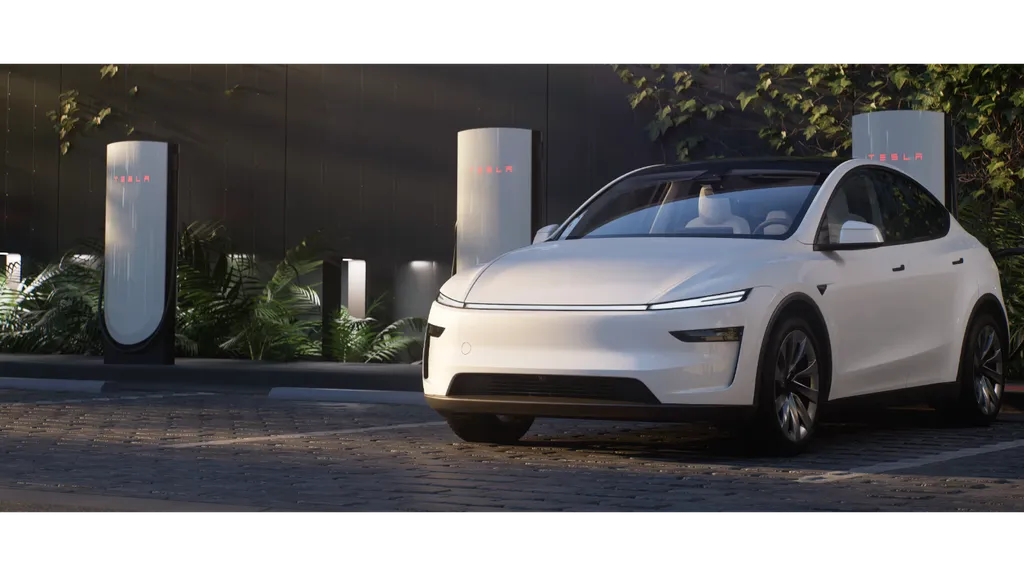After years of speculation and anticipation, Tesla has finally arrived in India — opening its first official showroom in Mumbai. This bold move marks a significant milestone for the Indian electric vehicle (EV) industry and could reshape the luxury car market. Here's a look at the top 10 things you need to know about Tesla’s debut in India — from pricing strategies and local sourcing to competition and customer interest.
Top 10 Things to Know About Tesla’s India Entry
1. First Showroom Opens in Mumbai’s BKC
Tesla inaugurated its first showroom at Bandra Kurla Complex (BKC), Mumbai, a prime commercial hub. The showroom doubles as an experience center, where prospective buyers can explore Tesla’s technology, design, and test-drive features.
2. India-Specific Launch Models
Tesla is expected to launch Model 3 and Model Y in India initially — both globally popular.
- Model 3 (Long Range): ~₹70–75 lakh (imported CBU)
- Model Y (Performance): ~₹85–90 lakh (imported CBU)
If local assembly begins, prices may drop by 30–40%.
3. Local Assembly Likely at a Later Stage
Tesla is in discussions with the Indian government to set up a manufacturing/assembly plant, possibly in Gujarat or Maharashtra. This could drastically reduce costs and make Tesla vehicles more accessible in the ₹40–50 lakh segment.
4. Focus on Premium EV Segment
India’s luxury EV space is still in its infancy. Tesla aims to carve out a niche with its premium tech-driven approach, challenging players like:
- BMW i4 (₹73.9 lakh)
- Kia EV6 GT-Line (₹60.9 lakh)
- Hyundai Ioniq 5 (₹46.1 lakh)
- Volvo XC40 Recharge (₹54.95 lakh)
5. Charging Infrastructure Plans
Tesla is planning to roll out its Supercharger network across major Indian cities, starting with Mumbai, Delhi, and Bengaluru. Superchargers can offer up to 250 kW of fast charging — enough to provide 200+ km range in just 15 minutes.
6. High-Performance Specs Remain Unmatched
Even globally, Tesla vehicles boast:
- 0–100 km/h in 3.1 seconds (Model 3 Performance)
- Top range of up to 602 km (WLTP)
- Autopilot and Full Self-Driving (FSD) (availability in India still pending regulatory approval)
7. Digital-First Buying Experience
Tesla cars will be sold online via Tesla India’s website, minimizing traditional dealership hassle. The showroom functions more as a retail and customer engagement hub, not a sales point.
8. Import Duties Still a Challenge
Currently, Tesla is importing via the CBU (Completely Built Unit) route, attracting up to 100% import duty. This keeps prices high. Tesla’s long-term strategy depends on duty waivers or local production.
9. Early Interest and Bookings
Reports suggest Tesla received over 6,000 expressions of interest from Indian buyers in Q2 2025 alone. Bookings are expected to open soon with a token amount of ₹1–2 lakh.
10. A Turning Point for India’s EV Ecosystem
Tesla’s presence is expected to accelerate EV adoption, attract investments in local battery tech, and push competitors to upgrade their EV offerings.
Quick Comparison: Tesla vs Premium EV Rivals (2025)
- Tesla Model 3 Long Range
- 💰 Price: ₹70–75 lakh
- 🔋 Range (WLTP): 602 km
- ⚡ 0–100 km/h: 4.4 seconds
- BMW i4 eDrive40
- 💰 Price: ₹73.9 lakh
- 🔋 Range (WLTP): 590 km
- ⚡ 0–100 km/h: 5.7 seconds
- Hyundai Ioniq 5
- 💰 Price: ₹46.1 lakh
- 🔋 Range (WLTP): 631 km
- ⚡ 0–100 km/h: 7.6 seconds
- Kia EV6 GT-Line
- 💰 Price: ₹60.9 lakh
- 🔋 Range (WLTP): 708 km
- ⚡ 0–100 km/h: 5.2 seconds
- Volvo XC40 Recharge
- 💰 Price: ₹54.95 lakh
- 🔋 Range (WLTP): 505 km
- ⚡ 0–100 km/h: 4.9 seconds
Conclusion:
Tesla’s Indian debut is more than just a showroom opening — it’s a symbolic shift in India’s EV narrative. From aspirational appeal to real technological disruption, Tesla’s arrival will push the industry toward a smarter, greener future. While pricing remains a hurdle, local production could unlock Tesla’s full potential in India.






























